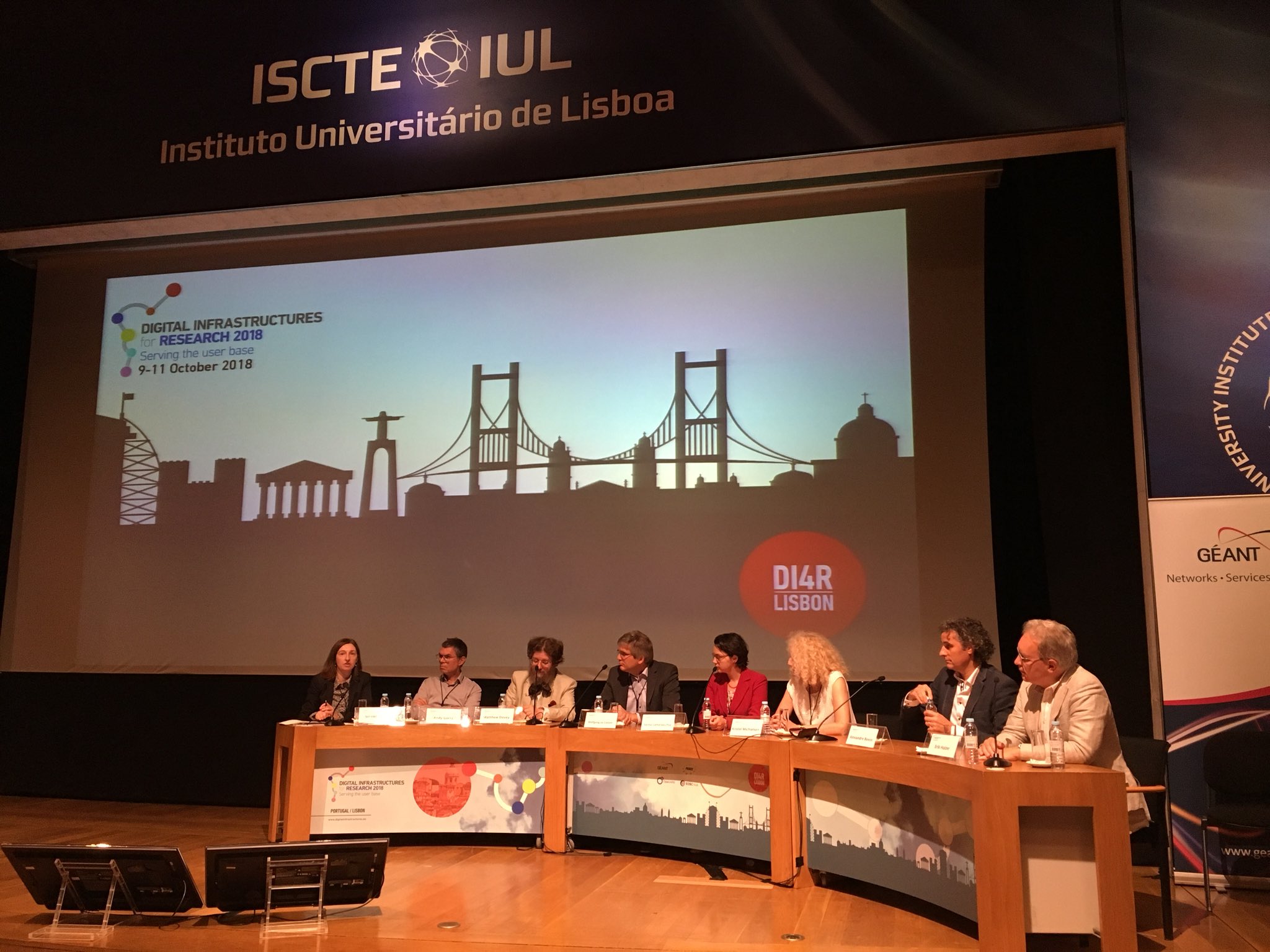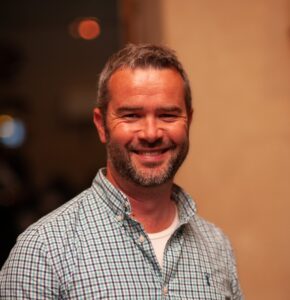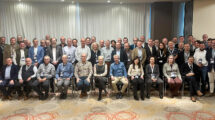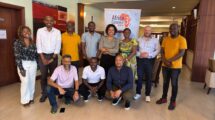DI4R2018, the third edition of the annual Digital Infrastructures for Research (DI4R) conference jointly organised by EOSC-hub, GÉANT, OpenAIRE and PRACE continued Wednesday (Day 2 of 3) with a packed plenary session featuring several speakers:
- Alexis Joly of Pl@ntNet, who explained how automated identification of plants and animals has improved considerably in the last few years. Pl@ntNet is one of the most popular plant identification applications, working now on 18,000 plant species and counting several million users worldwide. The challenge? To scale this by a factor of 15! Selecting the correct architecture for this has relied on extensive tests, made possible by distributed HPC infrastructures.
- Augusto Burgueño Arjona and colleague Georgia Tzenou of the European Commission, who elaborated on the fast-paced development of scientific needs and introduced the Call for Proposals on new innovative services for the European Open Science Cloud (EOSC) opening on 16 October.
This was followed by a scientific panel session on what e-infrastructure is and how it can help researchers. The diverse panel included users, service providers and e-infrastructure providers. The conversation covered all sorts of areas including the explosion in data, deciding what data to keep, storing that data, moving that data, and creating innovative services for today’s – and tomorrow’s – researchers. A key point raised was that of the need for researchers to better understand what is available, and how to use it to maximise their data exploitation.
Of course, the main objective now is to ensure these discussions lead to real solutions and deliver user-focused services, so that word of mouth becomes our fastest outreach tool.
The conference runs from 9-11 October. For more information see www.digitalinfrastructures.eu or follow the discussion on Twitter #DI4R2018








Add Comment